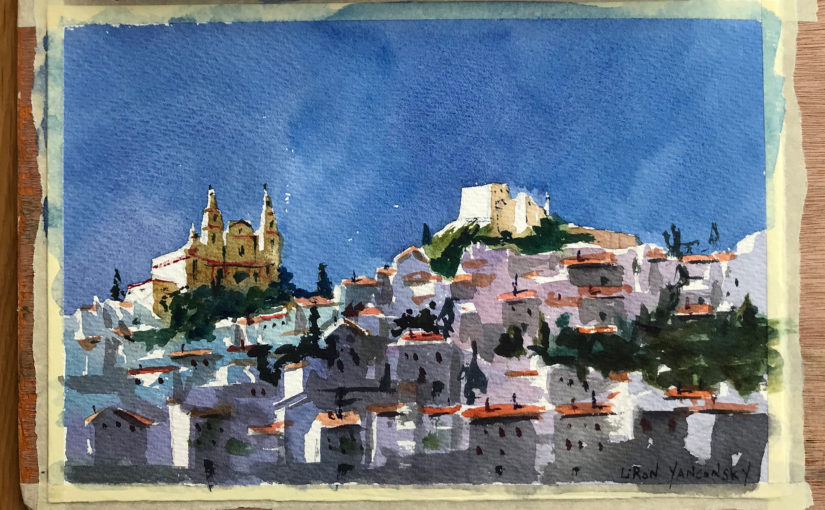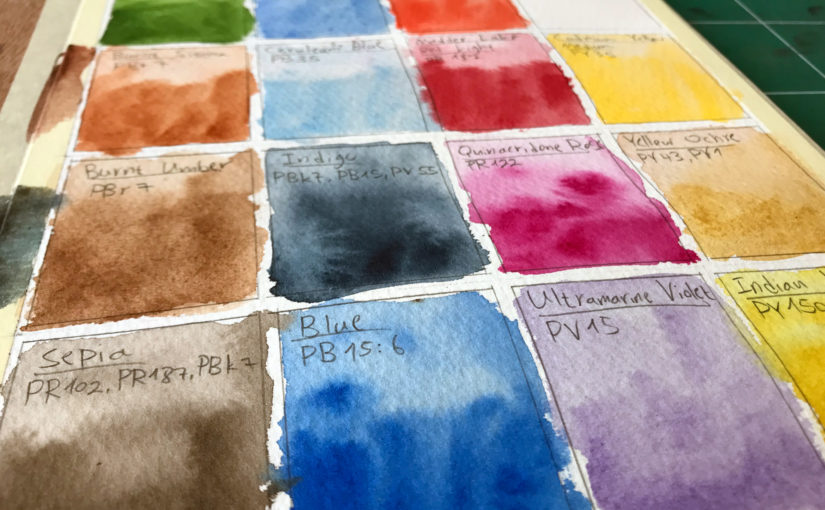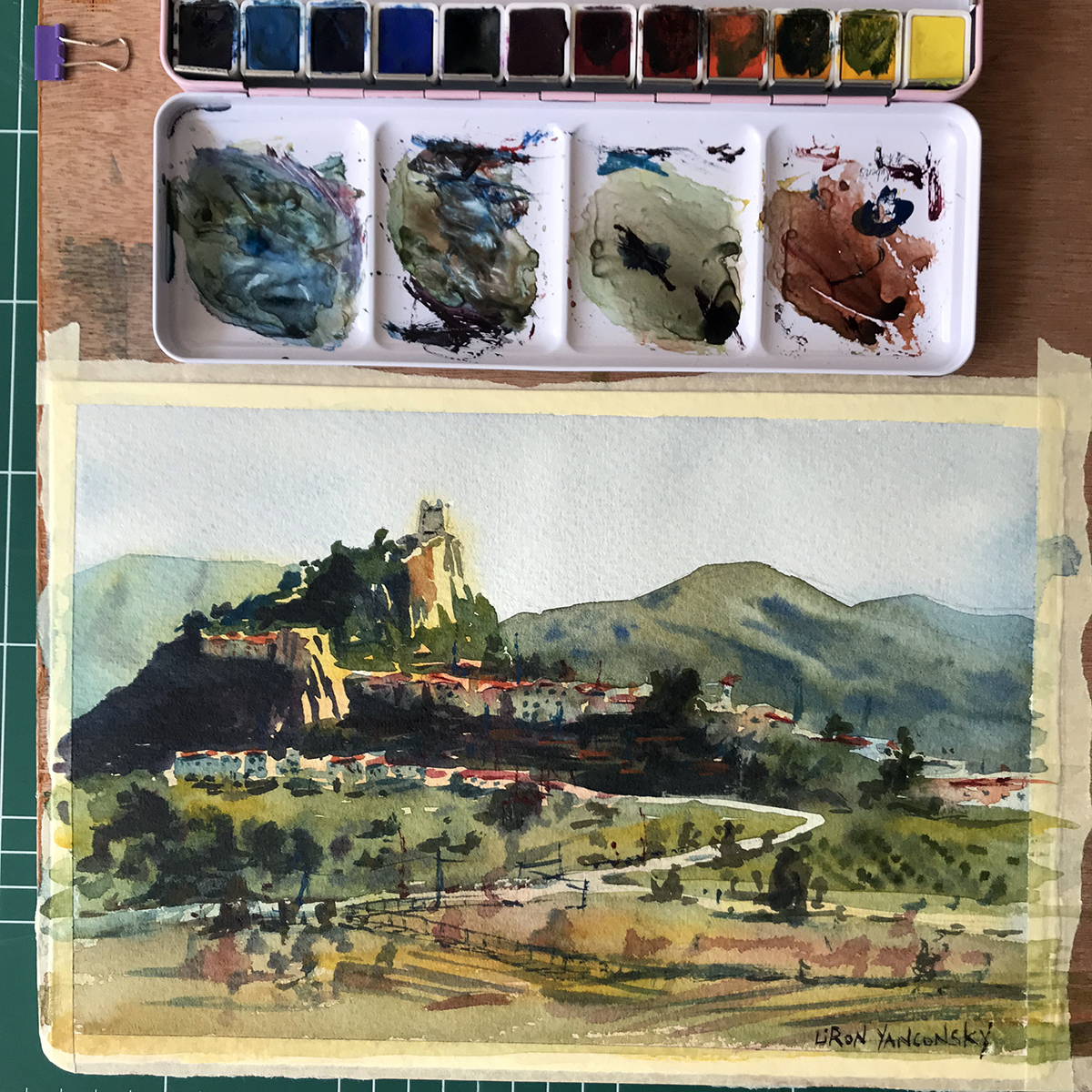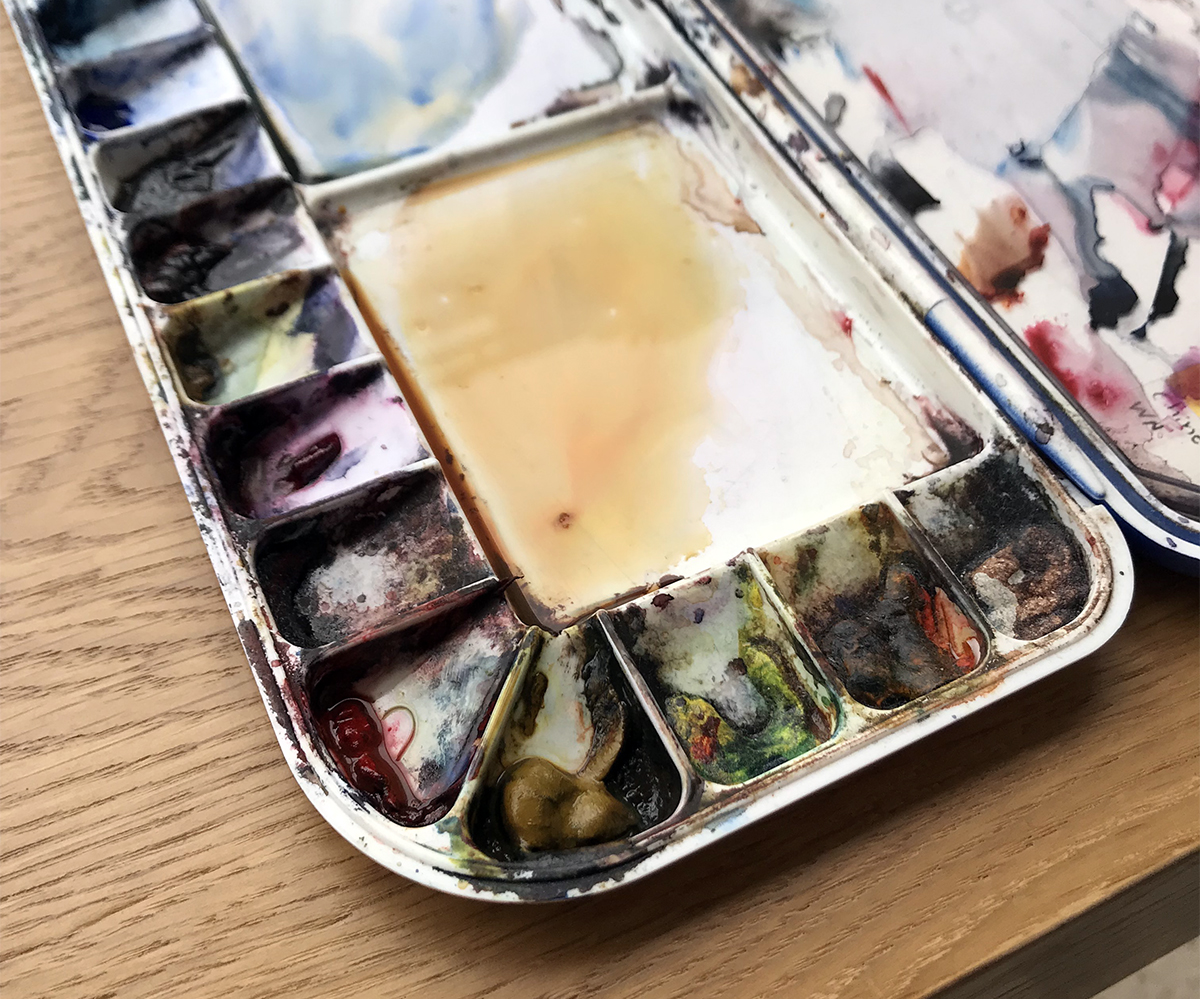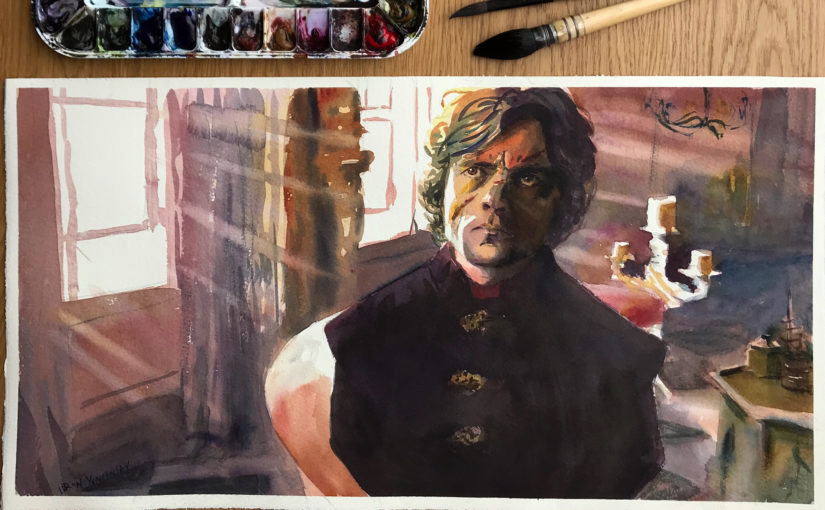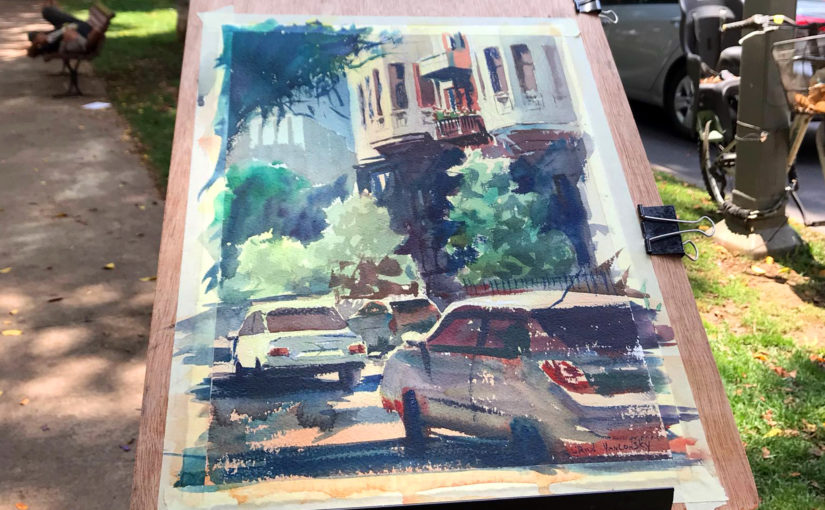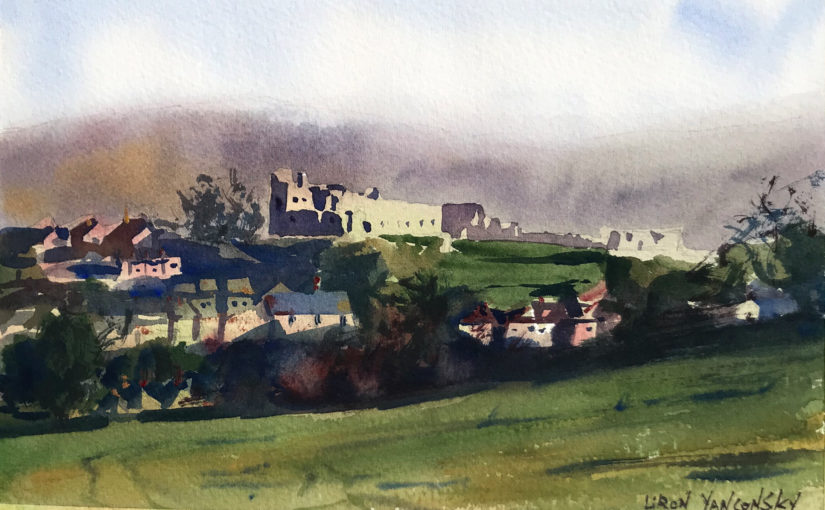Podcast: Play in new window | Download
In this episode I’m talking about repetition – a valuable exercise for improving your drawing and painting skills FAST and EFFICIENTLY.
Table of Contents
1. Repetition in Painting and Drawing
2. Worse 2nd Attempt
3. Internalize
4. Loosen Up
5. Recognizing Recurring Mistakes
6. Conclusion
1. Repetition in Painting and Drawing
Repetition is a great tool for improving. It involves painting or drawing the same subject several times.
This allows for more focused learning, and unlocks some obvious (and less obvious) benefits.
2. Worse 2nd Attempt
Surprisingly enough, you may find that in your repeated efforts you actually do worse.
That’s to be expected.
The 2nd time around, working on the same subject, you lack that same spontaneity that characterized the first version.
You may also have some “arrogance” (very natural, not blaming you (;), and a feeling you “already know” the subject.
Don’t let that deter you from doing this. Even when you don’t notice, you are learning and improving.
3. Internalize
Drawing the same subject / scene several times, allows you to internalize a part of the process, and focus on a different one.
As mentioned, you may find some of your result to be worse, but other aspects may be better.
So take the good with the bad.
Whenever you try an “extreme” technique, it tends to be accompanied by some growing pains.
Whenever I have a streak of great paintings – I am happy, but also weary of the fact it means I may not be growing.
4. Loosen Up
One side-effect of repetition, that is barely discussed, is how it sets you free and helps you loosen up.
Doing something a second time, and DELIBERATELY at that, makes you less worried about the end result. You can just paint yet ANOTHER version!
This freedom helps you loosen up without you even noticing. And it will show in some of the later attempts.
That’s especially true if you are as impatient as I am. The fear of boredom in the 2nd and 3rd iterations actually motivates me to try something different!
5. Recognizing Recurring Mistakes
That’s really the gist of this exercise. Doing repetitions of the same subject will bring to surface recurring mistakes that might have otherwise gone unnoticed.
And that’s probably the biggest benefit of doing this.
6. Conclusion
I hope this episode encourages you to give this exercise a try.
And by the way, creating a small preparatory painting for a larger piece, or even just a preparatory sketch – are also a form of repetition.
It’s up to you to decide just “how much” repetition you are interested in doing.
And with that, let’s move onto the artist corner!
Artist Corner
Today I talked about Samuel Colman, an English painter. He lived from 1780-1845, and painted mostly portraits and landscapes.
His landscapes are what really grabbed me about his art. It’s rooted in realism, with an added layer of surrealistic atmosphere
You can check out some of his works here: Samuel Colman. I also recommend doing a Google Images search.
And Here’s where you can find me
Check out my YouTube Channel – Liron Yanconsky
Or ask me questions on Instagram – @LironYanIL or Snapchat – @LironYan3
I hope you enjoyed this one. Take care, and we’ll talk again really soon,
— Liron

